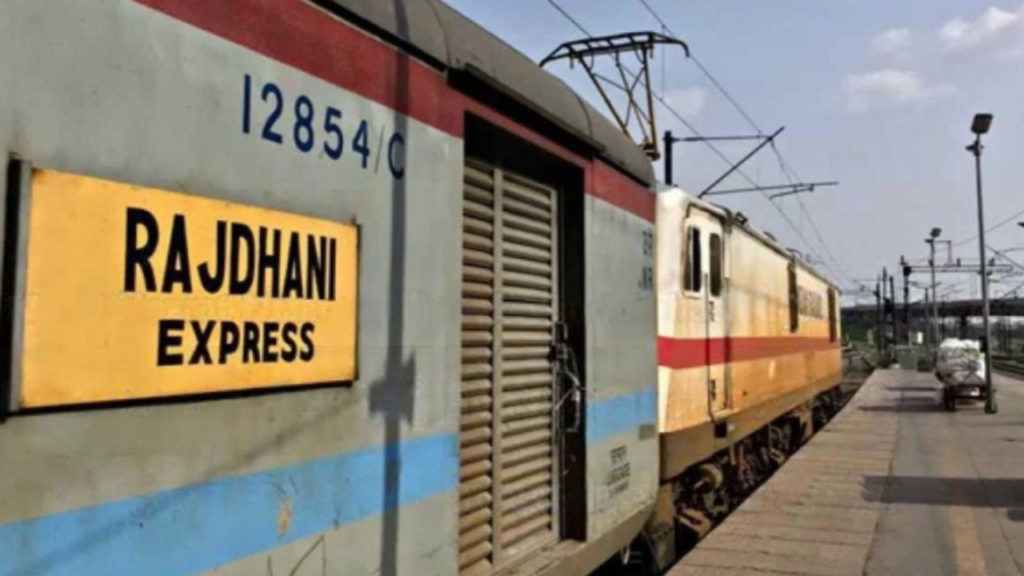No More Shatabdi, Rajdhani In 27 Routes; Vande Bharat Trains Will Run Instead

The Indian Railways has come up with 27 routes of Shatabdi and Jan Shatabdi trains in the first phase of replacing them with indigenously manufactured semi-high speed Vande Bharat trains, as per the latest development.
Indian Railways Train Replacement Plan
It looks like that the railways have marked the route of Delhi- Lucknow, Delhi- Amristar, Puri- Howrah among the total 27 such routes, reported Swarajyamag before the mass production of the next generation of Vande Bharat trains.
Please note here that the trains like Shatabdi running between Delhi- Bhopal and Delhi- Chandigarh are also likely to be part of this replacement plan.
Prior to this, Indian Railways had awarded the contract to build 44 new Vande Bharat trains at Integral Coach Factory (ICF), Chennai.
Now, they are in the process of tendering 58 more such train sets.
Sources said that 27 possible routes for running Vande Bharat trains replacing the Shatabdi and Jan Shatabdi services have been identified.
Plans For Intercity Trains
Besides this, the railways is also likely to replace some intercity trains with the modern Vande Bharat trains.
Initially, modern Vande Bharat trains are slated to replace the Shatabdi, Jan Shatabdi and Intercity Express as these trains have only a seating arrangement.
Although they also have a plan to build Vande Bharat with sleeper coaches as a replacement to Rajdhani, Duronto trains.
Earlier, finance minister Nirmala Sitharaman had proposed the development of 400 new Vande Bharat trains over the next three years during the Union Budget for 2022-23.
It seems that out of the proposed trains, the tenders for 100 train sets are likely to pass soon.
So far, the semi high-speed train is running on two routes including Delhi- Varanasi and Delhi- Katra.
Why Vande Bharat Trains?
Coming to the Vande Bharat trains, they run without a locomotive engine and are propelled by a mechanism called distributed traction power technology that provides electric energy supply to each car in the train set.
Originally it was referred to as Train 18 during its development phase.
Further, the train can attain a top speed of 160 km in an hour due to the faster acceleration.
This way, it reduces travel time by up to 25 to 45 per cent.
It comes with 16 coaches that include 14 regular chair cars and two executive chair cars, as per its trains’ current configuration.

Comments are closed, but trackbacks and pingbacks are open.